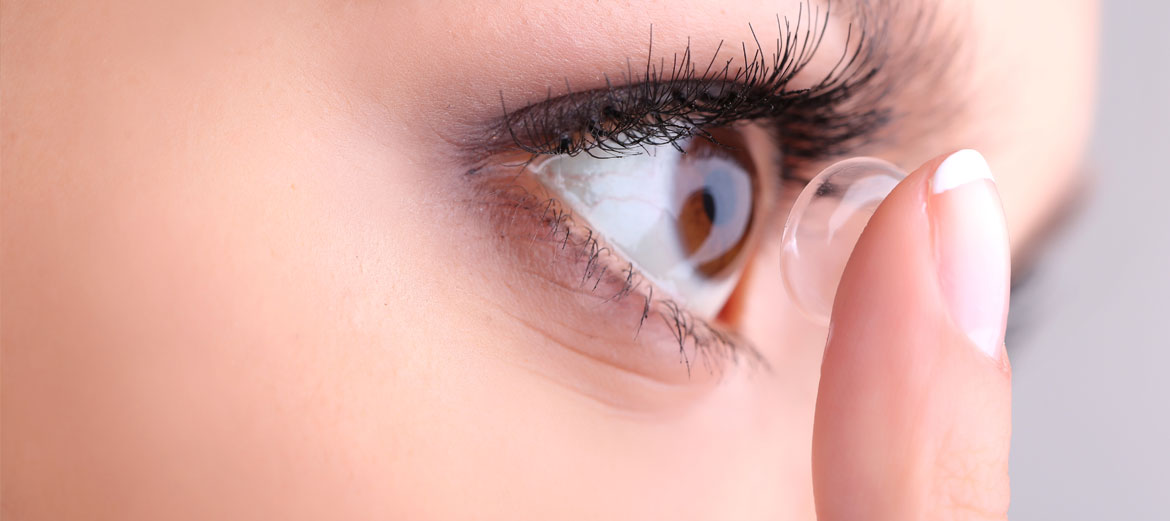Without the need for surgery, refractive problems may be corrected and clear vision achieved using orthokeratology, often known as ortho-k or corneal reshaping treatment. This novel method has become a sought-after alternative for individuals in Singapore and others who want to be independent of their eyes.
Orthokeratology has been adopted as a viable method of correcting one’s eyesight in the highly developed healthcare system of Singapore. In this procedure, the cornea, the transparent front surface of the eye, is gradually reshaped by the use of stiff gas permeable contact lenses worn overnight. The lenses provide localized pressure to the cornea, changing its shape and thereby correcting refractive defects including myopia, hyperopia, and astigmatism.
Orthokeratology’s positive effects in Singapore
Orthokeratology’s ability to deliver excellent vision without the need for corrective glasses all day long is a major benefit. Sportspeople and people who spend a lot of time outside may appreciate this since wearing glasses or conventional contact lenses can be a nuisance. Patients who undergo ortho-k have better eyesight, wider fields of vision, and don’t have to worry about wearing glasses or contacts throughout the day.
Orthokeratology Singapore is available in a number of different optometrists and eye care facilities that treat both children and adults. Professionals with this level of expertise have completed specific training in evaluating patients’ needs and providing precise ortho k lenses Singapore fittings. Orthokeratology candidates are normally selected after undergoing a thorough eye examination. The lenses are made specifically for the patient after a thorough examination of their corneal shape, prescription, and general eye health.
Structured approach
In Singapore, orthokeratology therapy is methodical. The optometrist starts by measuring the cornea in great detail using high-tech corneal topography equipment. Lenses that are specifically made for a person’s eye shape and prescription are made possible with the use of these measurements. Trial lenses are inserted into the eyes and then removed to determine the best fit and comfort level. After a successful fitting, the patient is given instructions on how to clean and use their lenses.
In Singapore, patients undergoing orthokeratology therapy are required to return for regular checkups. The optometrist may check on the patient’s progress with corneal reshaping, determine the patient’s visual acuity, and make any required modifications to the lenses during these checkups. Visits to the optometrist for follow-up care are often advised at regular intervals (every few weeks or months) to ensure the desired outcomes are obtained and maintained.
Conclusion
Parents in Singapore who are worried about their children’s eyesight have a lot of options, however orthokeratology is becoming more popular because to its effectiveness in halting the onset of myopia in youngsters. The therapy has been shown to slow the eye’s elongation, a major factor in myopia development, which may lessen the likelihood of extreme myopia and its problems in the road.
Despite its many advantages, orthokeratology may not be a good match for everyone. Eye health, corneal thickness, and specific eye disorders may all play a role in determining who is a candidate for this procedure. In order to establish whether or not orthokeratology is right for you, it is essential to speak with a licensed and qualified optician optometrist or eye care spectacles specialist in Singapore.
